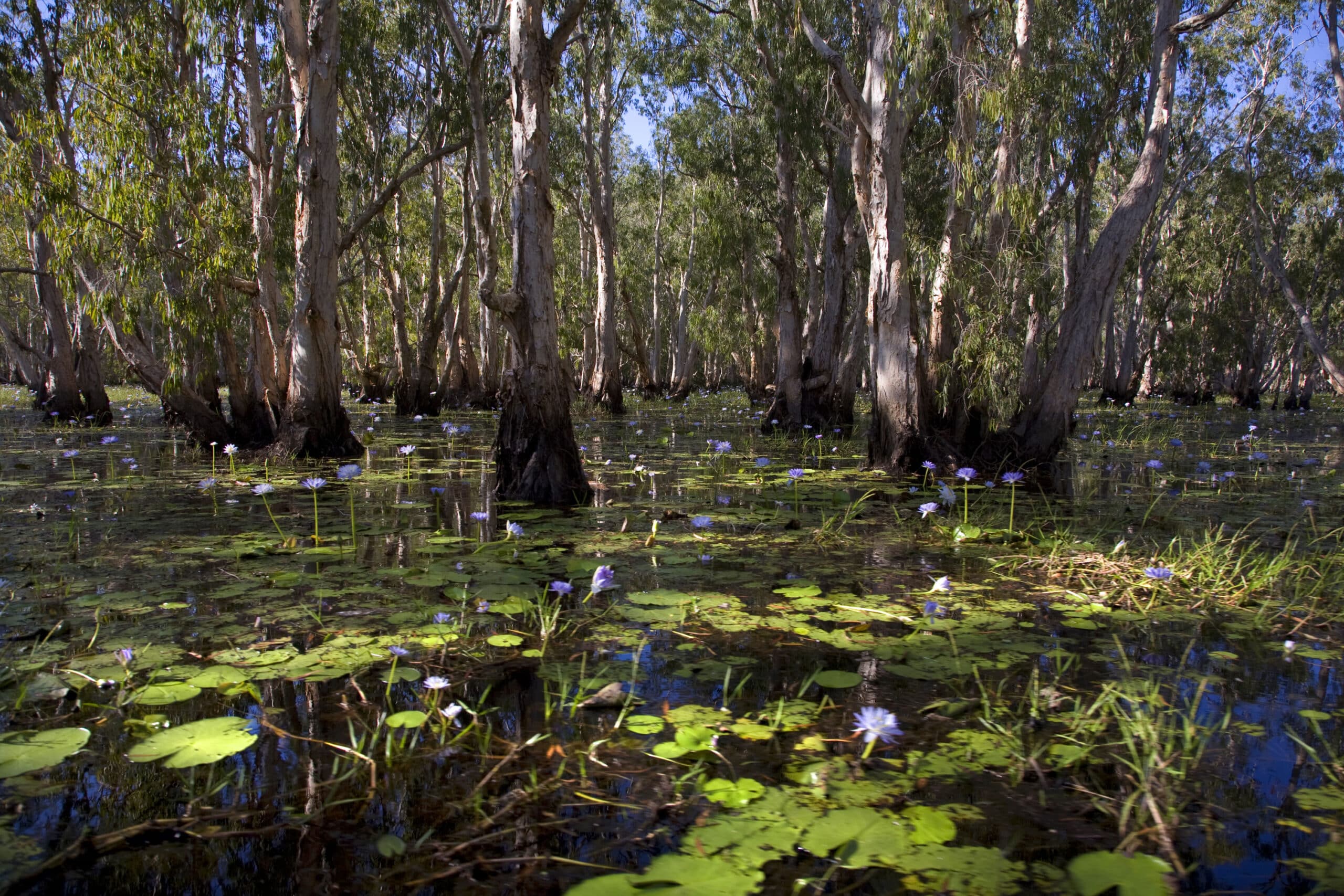As Australia braces for the 2024–25 bushfire season, the vivid memories of past disasters, like the 2019–20 Black Summer, remain etched in the hearts of wildlife lovers and carers. The effects of bushfires on wildlife are devastating, leaving countless animals injured, displaced, or dead, and their habitats in ruins. ...
This week is National Moth Week (20–28 July). Moths belong to the same order (Lepidoptera) as the much-loved butterflies, and can be just as colourful, interesting and visually striking! Not all species of moths are nocturnal, with some—appropriately named ‘day moths’—even going out in the day.
Why should I care about moths?
1. Moths are pollinators – Although they don’t get as much credit as bees, moths are great pollinators and known to pollinate native Australian plant species such as coffee bush, cheese trees and Boronias.

2. They are interesting and diverse! – While there are an estimated 400 species of butterflies nationally, that number is closer to 20,000 for moths! Some moths and caterpillars use their bright colours as a warning to potential predators saying, “Don’t eat me”.
You can help contribute to moth research by partaking in National Moth Week. Why not try your hand at being a citizen scientist and upload your moth observations to iNaturalist for expert identification?


Left: Daphnis protrudens Right: Anthela callispila., Photo credits: Laurence R Sanders via flickr
3. Moths play a crucial role in larger food chains – Moths serve as prey for insectivorous bats, birds and mammals. One particularly impressive species is the native Bogong moth, which undertakes an annual migration from southern Queensland, New South Wales, and Victoria to the caves of the Australian Alps. Here, they aestivate (a dormancy like hibernation) over the summer months. Remarkably, Bogong moths navigate this journey using an internal compass that relies on the Earth’s magnetic field and celestial cues, including from the Milky Way.
4. They make our food taste good – Some plants create sophisticated defence systems to deter herbivores like caterpillars. One effective strategy –altering their taste to produce a strong, acidic, or bitter flavour creates the bold, aromatic flavours of the herbs we enjoy in roast dinners and pestos.

5. They decorate our trees – Some moths even display an artistic flair as seen on Eucalyptus haemastoma, better known as the Sydney ‘scribbly gum’. The tree is identifiable by its distinct scribbly marks made by the ‘scribbly gum moth’ larvae that tunnel between the bark layers. When the outer layer of the tree’s bark is shed, the intricate patterns are revealed.

How can I protect moths?
Encouraging moths in your backyard can involve reducing your pesticide and insecticide use, keeping part of your garden wild as well as planting native host plants.
As seen with the Bogong moth, artificial lights can be disruptive and disorienting for nocturnal animals. Light pollution also affects other nighttime species such as bats, frogs, birds, mammals, and even marine turtles who come to nest on shores.
You can reduce your light pollution by practicing safe artificial lighting. If you live in Bogong moth areas like south-east Australia, consider turning off unnecessary outdoor lighting during their migration in September and October. Read our other tips for safe artificial lighting to reduce harm to wildlife around your home below.
Tips for safe artificial lighting at your home
- Put down your curtains and blinds after dusk – Probably the simplest but easily overlooked tip.
- Utilise dimmers and timers – If you need to use outdoor lights around the house, choose those with dimmers, timers and sensors.
- Opt for warm coloured lights – Red and amber lights are safer for wildlife than white, blue and green lights.
- Leave parts of your garden or backyard dark – The nocturnal animals will thank you and this will also help animals to hide away from predators.
- Use safe Christmas decorations – Avoid leaving Christmas lights on at all hours of the night or skip them altogether. There are plenty of alternative decorations to spread Christmas cheer that don’t have the potential to distract or disorient wildlife.
Conserving your land
Members of Humane Society International’s private land conservation network, the Wildlife Land Trust, provide habitat and food sources for native moth species at various sanctuaries. These include Hercules moths at Wairambar Rainforest, emperor gum moths at Caley’s Refuge and bogong moths at Forest Park.
Care to conserve your land? Read more about the Wildlife Land Trust and how you can dedicate your property for wildlife.
Moths – Unsung heroes of the night
Moths are the unsung heroes of the pollinating world! Out of sight and out of mind, they are busy pollinating while we are tucked away in bed. And they support food chains and flavour our food. By taking simple steps to reduce light pollution and protect their habitats, we can ensure that moths and other nocturnal creatures thrive.


